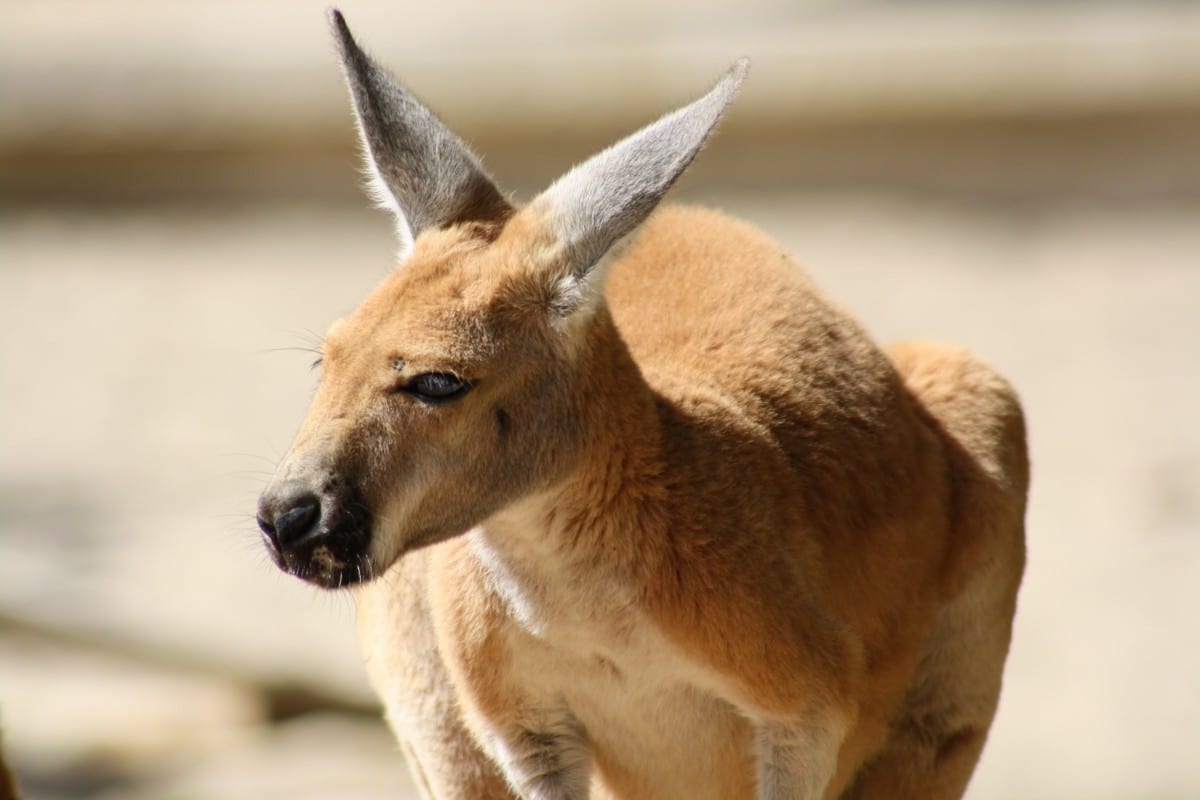News
Research Looks at Kangaroo Behaviour to Drone-Based Monitoring
Wildlife conservationists have always been concerned about the ill effects that drone technology based data collection might have on the animal population they are working to save. This concern resulted in research into whether drones disturb wildlife in Australia.
This research investigated the potential impacts of drone monitoring on a large terrestrial mammal, the eastern grey kangaroo (Macropus giganteus), in urban and peri-urban environments.
The team comprising Elizabeth Brunton, Jessica Bolin, Javier Leon, and Scott Burnett from the University of the Sunshine Coast, Australia, assessed the response of kangaroos to drone monitoring by analyzing kangaroo behaviour prior to and during drone deployments using a linear modelling approach.
Study Premise
This study aimed to determine the response of kangaroos and the potential impacts of drone monitoring by assessing: (i) vigilance; (ii) avoidance behaviour; and (iii) environmental and logistical factors that may influence kangaroo behavioural responses to drones. This study also assessed both avoidance and vigilance behaviour of the eastern grey kangaroo, in response to repeated drone surveys under a range of conditions. The Eastern grey kangaroos are a gregarious macropod species, which live in groups or ‘mobs’ that can range between 5 and 70 individuals.
This study was conducted in two separate locations on the sub-tropical Sunshine Coast in Queensland, Australia. The first site Sippy Downs is an urban site located on a university campus where kangaroos persist in the urban matrix amongst built infrastructure, preferentially utilizing grass and forest areas on the campus. The second site (Lake Weyba), was a peri-urban private property dominated by coastal heath, with small patches of mowed lawns throughout. The site, which is a gazetted nature refuge with only low-rise guesthouses, supports a resident mob size of between 25 and 30 kangaroos.
Conducting the study
A drone was launched once kangaroos were located and two on-ground observers were in place. Drone take-off occurred an average 40 m distance away from the kangaroos at the Sippy Downs site, and an average 80 m distance at Lake Weyba. Upon starting, the drone ascended to 120 m altitude before taking a horizontal flight path.
Drones flew over the target kangaroos and multiple kangaroos were assessed each flight. The drone was flown in repeated transect lines at decreasing altitudes of 120 m, 100 m, 60 m and 30 m above the target kangaroos. Each flight lasted between 6 and 7 minutes and encompassed each altitude.
Drone deployments were conducted between May and October 2017 between the hours of 0600 and 1700. In total, the researchers flew 38 times across both sites, with 85 instances of the drone flying over kangaroos. A single DJI Phantom 3 Advanced drone was used with a video and IR camera attached. The drone has a range of ~1 km and a maximum ascent speed of 5 m/s and maximum speed of 16 m/s.
Video Analyses
Video footage suitable for vigilance analysis was available for 25 of the drone flights and we assessed the response of kangaroos in 76 instances. Kangaroos were filmed for the entirety of each drone deployment.
Conclusions
Research showed that drones elicit a vigilance response, but that kangaroos rarely fled from the drone. This study suggests that that drone flights at an altitude of 60–100 m above ground level will minimise behavioural impacts. Used in this way, drones may present a superior method of wildlife monitoring compared to disruptive and invasive on-ground counts. The study also highlights the need for more research to assess the level of intrusion and other impacts that drone surveys have on the behaviour of wildlife and the accuracy of the data produced.
Citation: Fright or Flight? Behavioural Responses of Kangaroos to Drone-Based Monitoring, Elizabeth Brunton, Jessica Bolin, Javier Leon and Scott Burnett, Drones 2019, 3(2), 41; https://doi.org/10.3390/drones3020041 – https://www.mdpi.com/2504-446X/3/2/41























